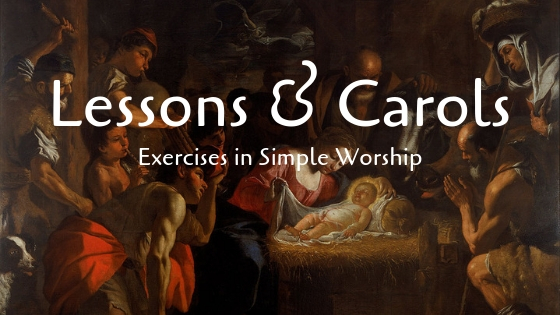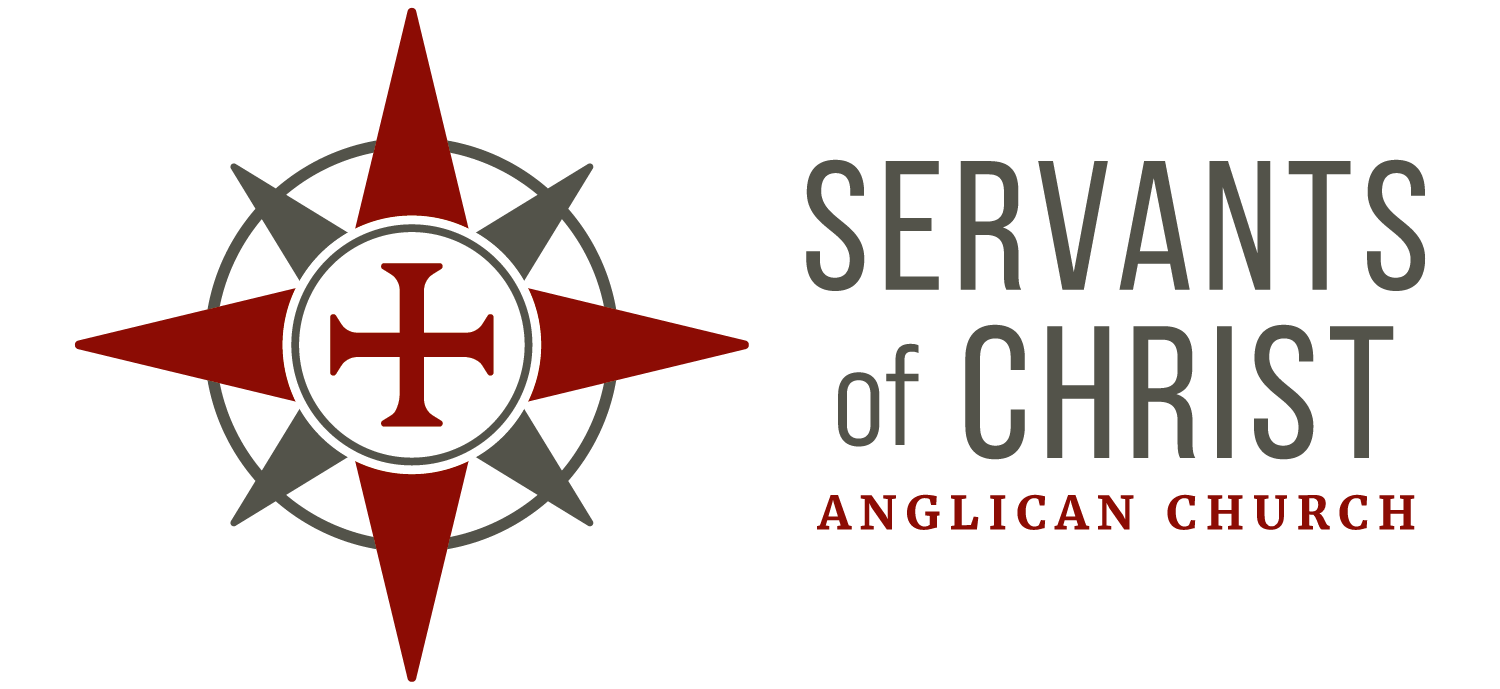In the Anglican tradition, we have inherited many pieces of liturgy over the last two thousand years. So, it may be a bit surprisingly to learn that the service of Nine Lessons and Carols is a fairly recent invention, celebrating its one-hundredth birthday only this year.
While there had been services of alternating scripture readings and carols going back to the mid-1800s, the service as we know it today was constructed out of the grief and horror of the First World War, which had ended only 6 weeks before Christmas Eve, 1918.
The author of the service was The Rev. Eric Milner-White, a graduate of King’s College who was appointed chaplain at the college in 1912, four years after his ordination as a priest. When the war broke out in 1914, he volunteered as a military chaplain and witnessed the horrors of trench warfare on the Western front. “Most of life is at night,” he wrote in a letter back home, “and the nights are filled with prolonged terror—a horrid, weird, furtive existence. … Battle is indescribable, unimaginable. A continuous firework of light balls goes up from the German trenches. But most awesome is the noise. We feel powerless against those splitting cracks and roars, and dream of the metal tearing its way into the bodies of poor men.”
Decorated for courage under fire in combat, he was released after what he called “a battle of special horror” in early 1918 and returned to King’s College, where he was appointed Dean. After the end of the war on November 11, he set out to create a special Christmastide service “as a gift to the city of Cambridge” that would serve two purposes.
First, he wanted to grieve the loss of young men from the city, and especially from his own college. Twenty-three percent of the members of King’s College had died during the war, including Milner-White’s roommate. Today in the chapel of King’s College is a list of the names of the dead on an engraved plaque; a much later dean of King’s College noted that this list was assembled long after the first Lessons and Carols service. This is because on Christmas Eve, 1918, it was not even known exactly who among the members was alive or dead.
Second, Milner-White wanted to reform liturgical practices so that the simple beauty of Christian worship would shine through and attract those who had lost their faith in the horrors of the war, whether serving in it or watching it take place. There is intellectual depth to the service; in Milner-White’s own words, “the main theme is the development of the loving purposes of God” as viewed “through the windows and the words of the Bible.” Yet he aimed at simplicity rather than complex explication of God’s purposes in human history; rather than a lecture, he wanted the focus of the service to be on “colour, warmth, and delight.”
Milner-White devoted the remainder of his life to the theme that the simple beauty of Christianity offered hope to an increasingly secular culture without hope. He sparked a new interest in stained glass windows as a means of expressing simple Christian truth in beautiful form. He wrote several simple prayers, one of which made its way into the forthcoming Prayer Book of the ACNA as the first Prayer for Mission in Evening Prayer:
O God and Father of all, whom the whole heavens adore: Let the whole earth also worship you, all nations obey you, all tongues confess and bless you, and men, women and children everywhere love you and serve you in peace; through Jesus Christ our Lord. Amen.
As you listen and worship during Lessons and Carols, occasionally contemplate that the simple service offers an expression of hope that despite the mess that humans have made of our world, God has a plan of redemption for it.
For more reading pleasure, an interview with William Edwards, author of The Festival of Nine Lessons and Carols (Rizzoli, 2004), can be found here.
Fr. James Manley is an assisting priest here at Servants. He has recently discovered the joy of cooking on cast iron over a 200,000 BTU propane flame (and still has his eyebrows!)

